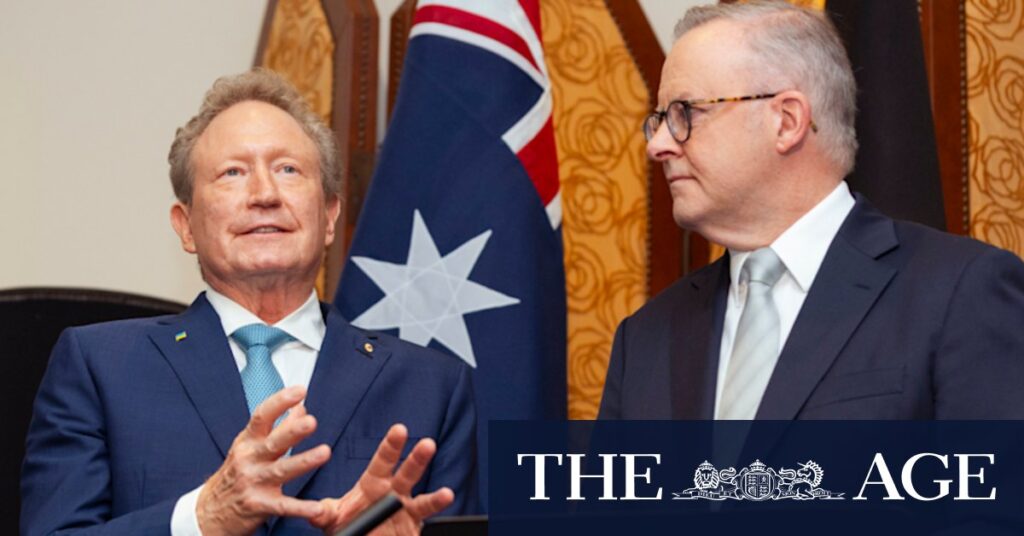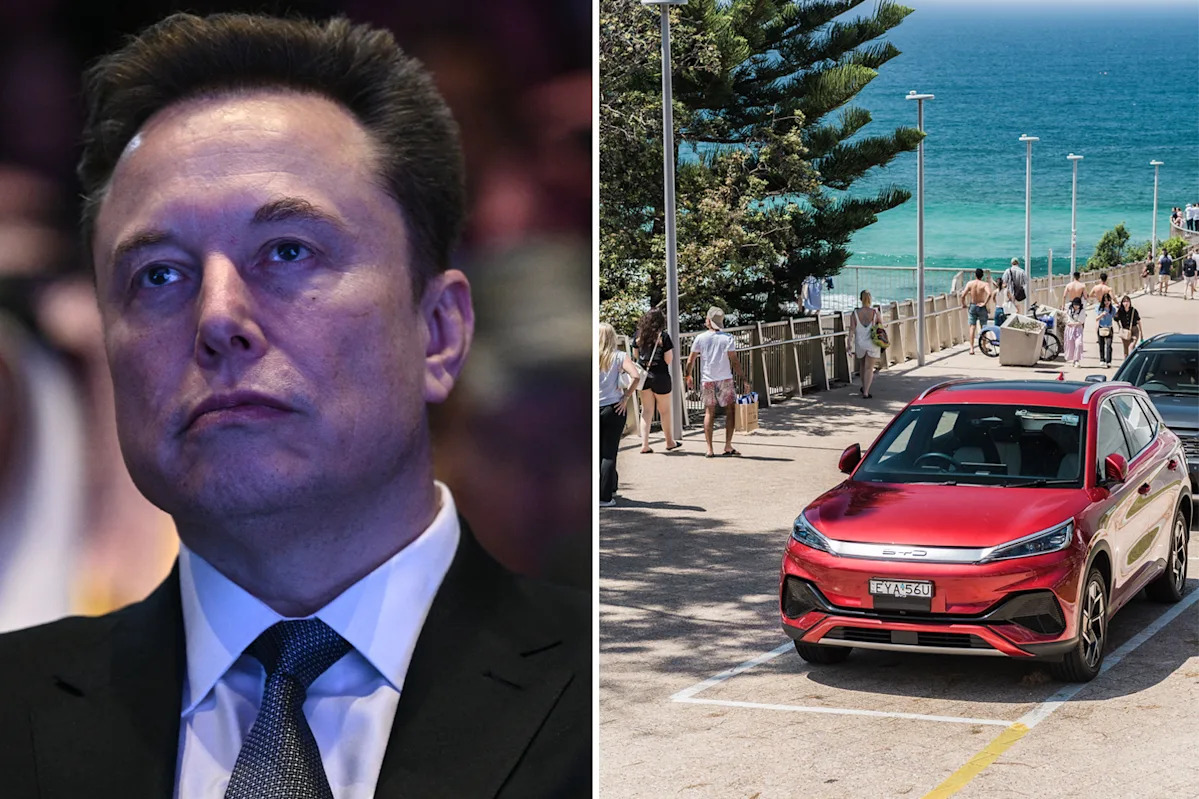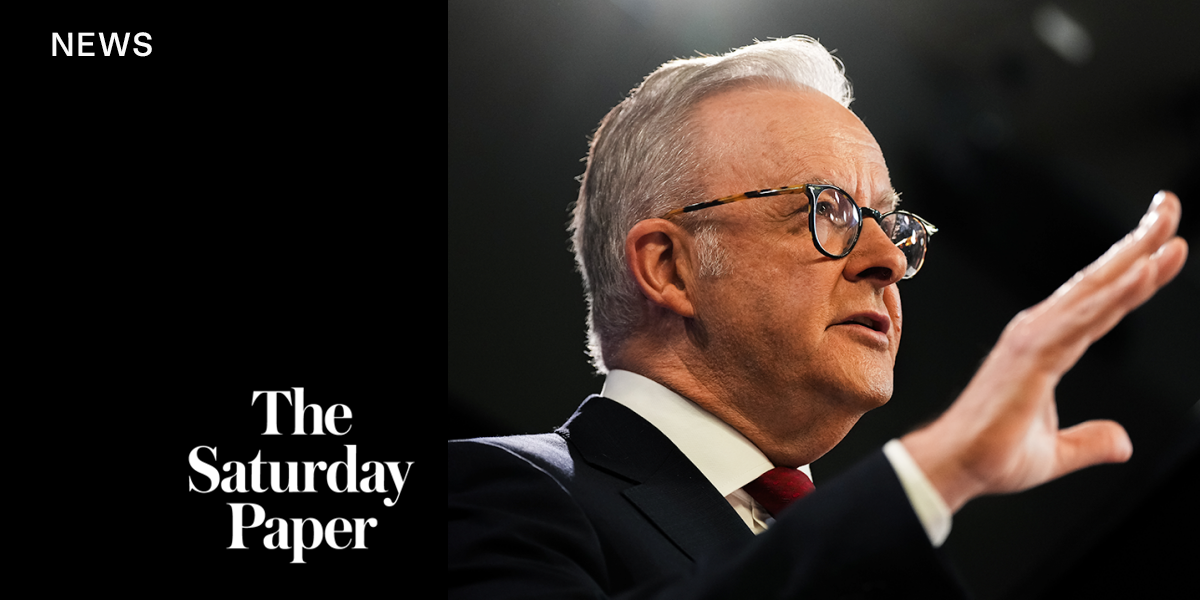
Prime Minister Anthony Albanese is encountering a significant policy challenge following his re-election, as major corporations spearheaded by Andrew Forrest’s Fortescue Metals Group push for a 75% reduction in Australia’s emissions. This call to action coincides with the government’s climate adviser preparing to recommend a 2035 emissions target.
During the May election, the Labor Party strategically avoided a contentious debate on emissions by postponing a decision on the interim target mandated by the Paris Agreement. However, the Climate Change Authority is anticipated to compel the government to act by delivering crucial advice in the coming weeks.
Sources close to the authority suggest it will advocate for a reduction of 65% to 75% by 2035. This recommendation could bolster calls for Prime Minister Albanese to leverage his substantial parliamentary majority to enact a bold target, even as the United States has distanced itself from climate commitments by withdrawing from the Paris Agreement.
Australia’s Commitment Under the Paris Agreement
The Paris Agreement, ratified by nearly 200 countries including Australia, obligates nations to decrease their emissions through five-year targets. The overarching aim is to prevent global average temperature increases from exceeding 2 degrees Celsius, with an ideal cap at 1.5 degrees.
Australia’s current trajectory and targets have been a subject of scrutiny, especially as global climate patterns continue to shift. The need for decisive action is underscored by increasing environmental challenges and international pressure to adhere to the Paris benchmarks.
Industry Leaders and Their Environmental Agenda
Andrew Forrest, a prominent figure in Australia’s business landscape, has been vocal about the necessity for more aggressive climate policies. His leadership in this campaign reflects a growing trend among business leaders who recognize the economic and environmental benefits of sustainable practices.
Forrest’s Fortescue Metals Group has committed to ambitious sustainability goals, setting a precedent for other companies. The push for a 75% emissions reduction aligns with Fortescue’s vision of a greener future and underscores the role of corporate responsibility in climate action.
Expert Opinions and Economic Implications
Experts argue that adopting a more stringent emissions target could position Australia as a leader in renewable energy and sustainable development. Transitioning to greener technologies not only addresses environmental concerns but also presents economic opportunities through job creation and innovation.
“Australia has the potential to become a renewable energy superpower,” said Dr. Jane Smith, a climate policy expert. “By setting ambitious emissions targets, we can drive investment in clean technologies and secure a sustainable future.”
Challenges and the Path Forward
Despite the potential benefits, the path to achieving a 75% reduction is fraught with challenges. The transition requires significant investment in infrastructure, technology, and workforce development. Furthermore, political opposition and international dynamics add layers of complexity to policy implementation.
As the Climate Change Authority prepares to release its recommendations, the Albanese government faces a critical decision. Balancing economic growth with environmental stewardship will be essential in navigating the political landscape and securing Australia’s climate future.
Looking ahead, the government’s response to these recommendations will be pivotal. The decision will not only impact Australia’s environmental policies but also its standing on the global stage as a committed participant in the fight against climate change.





